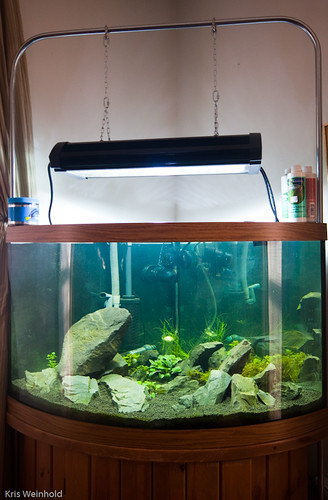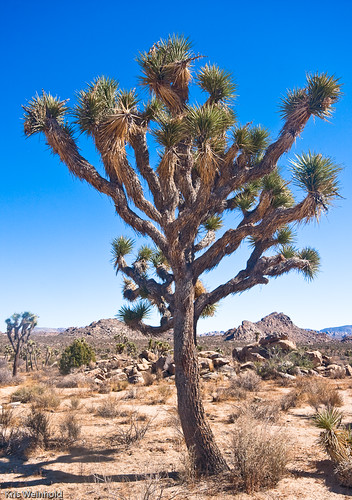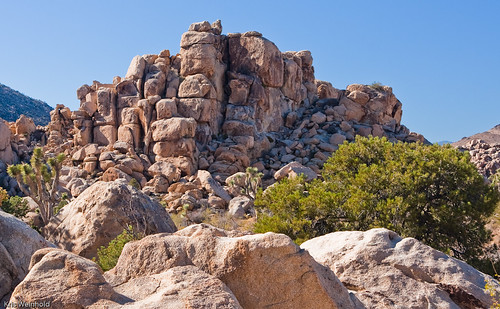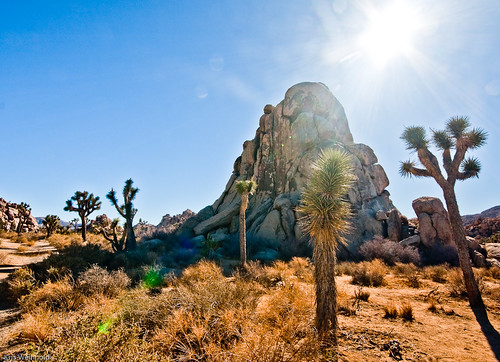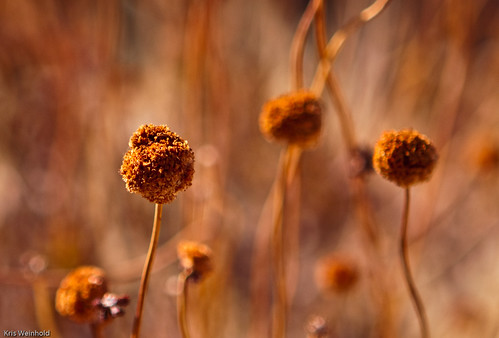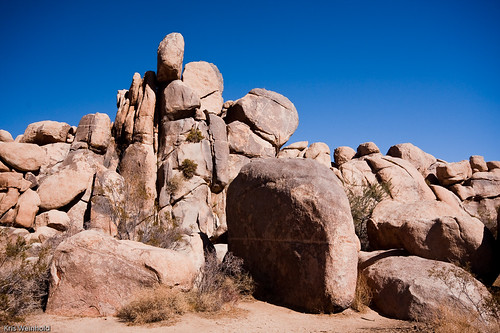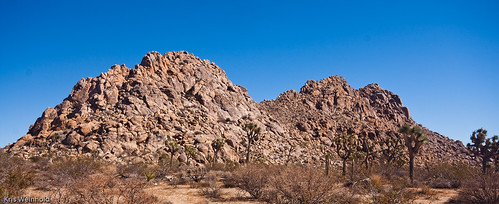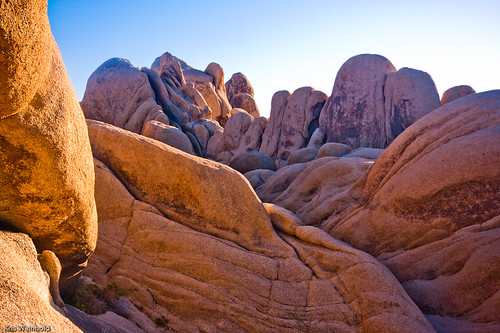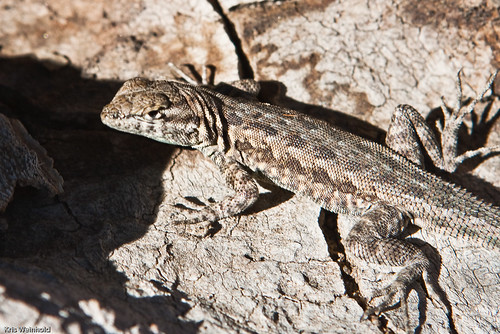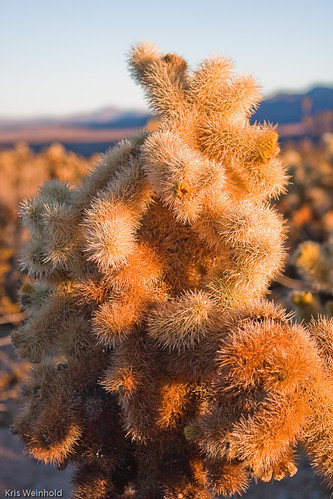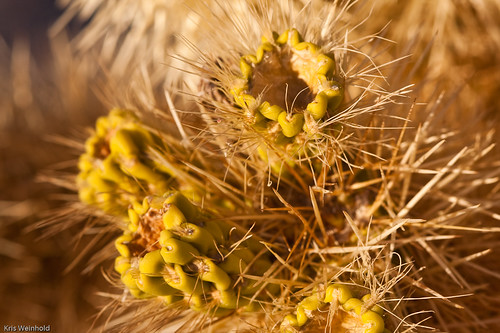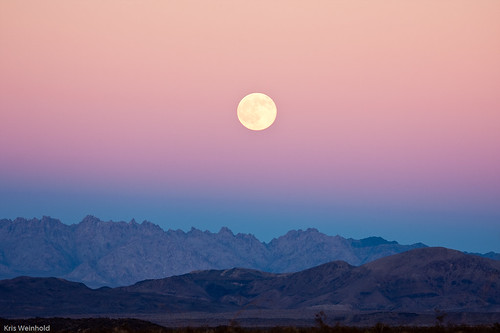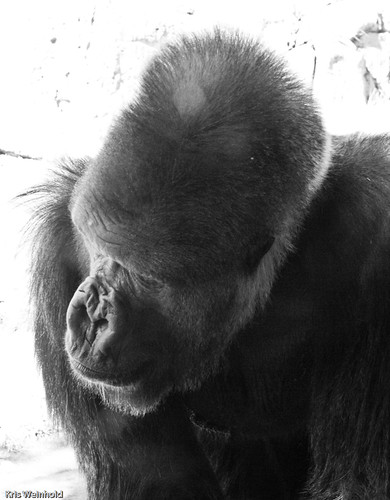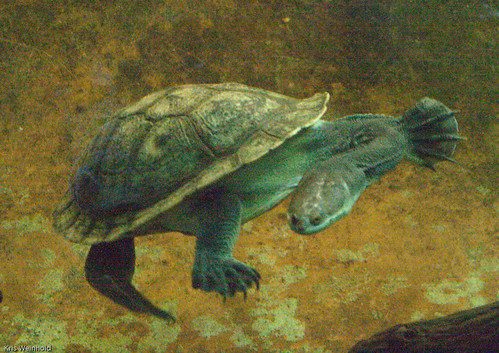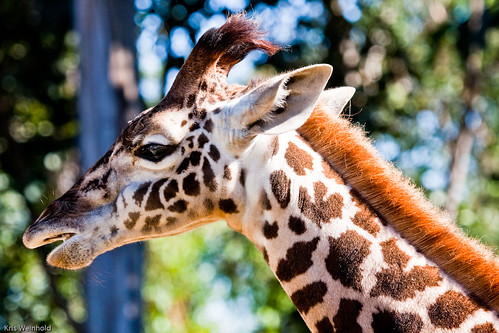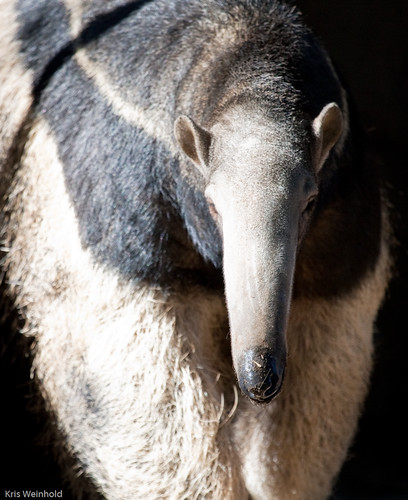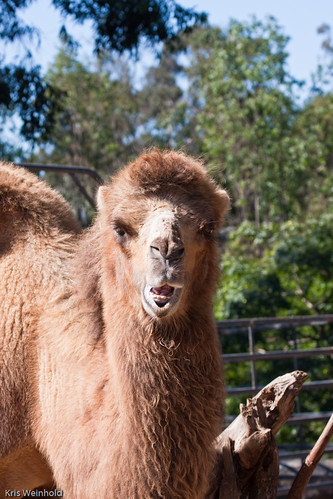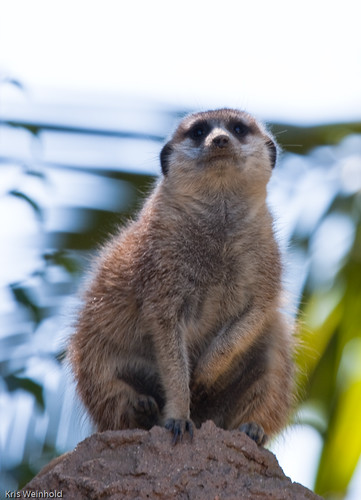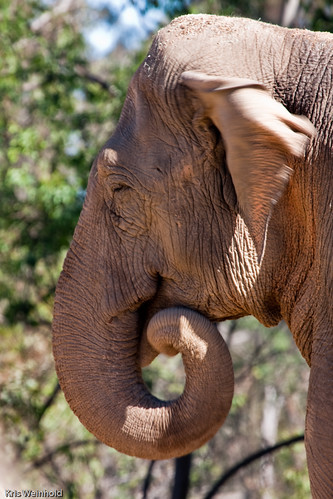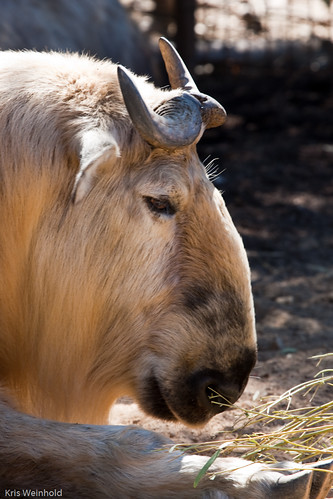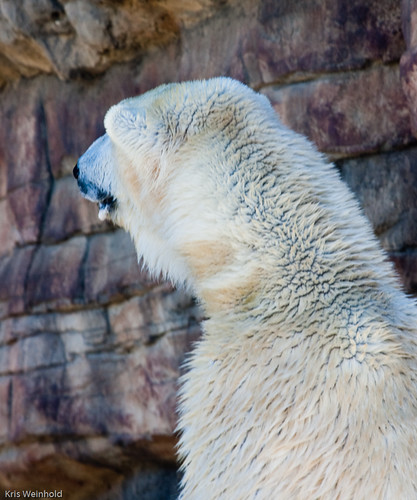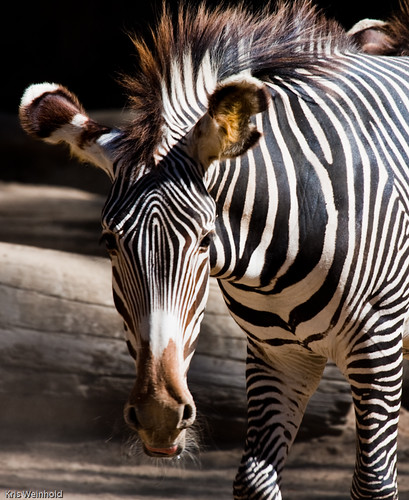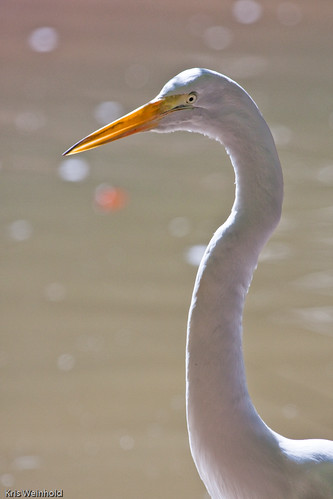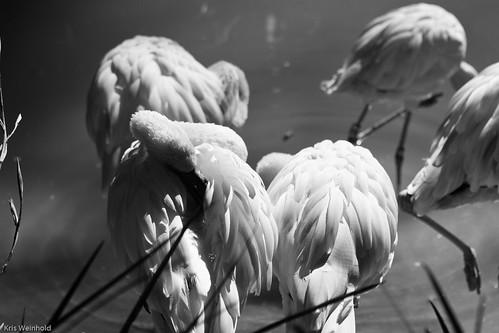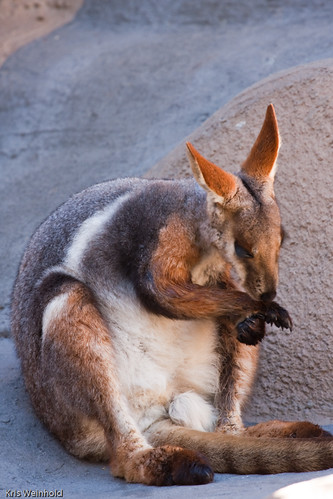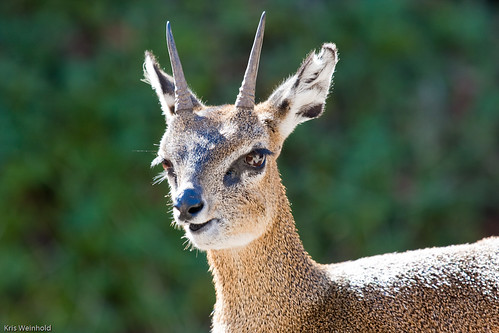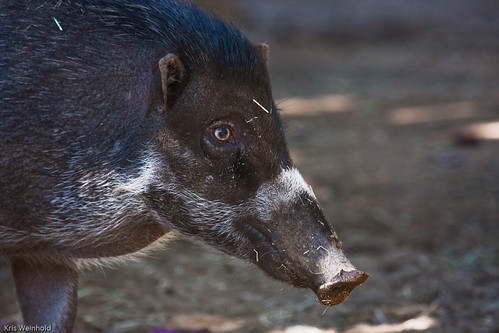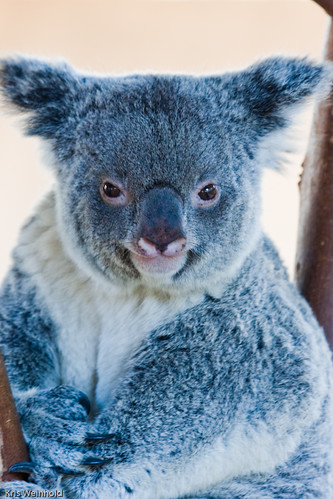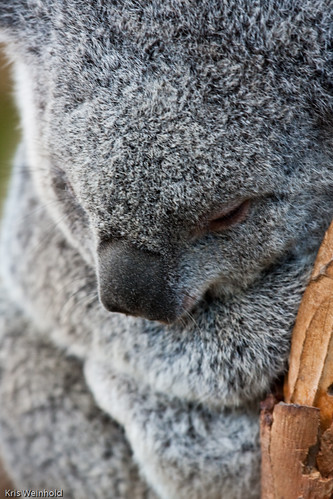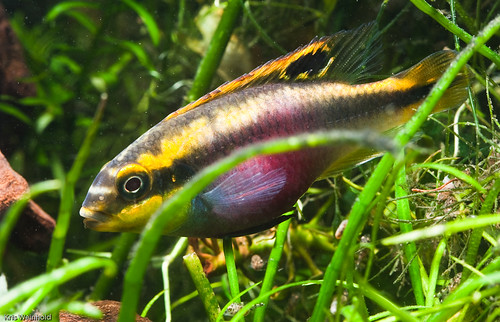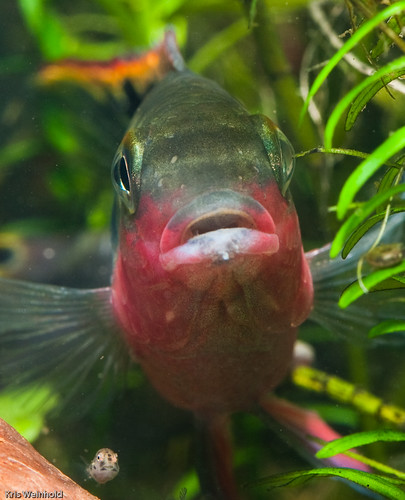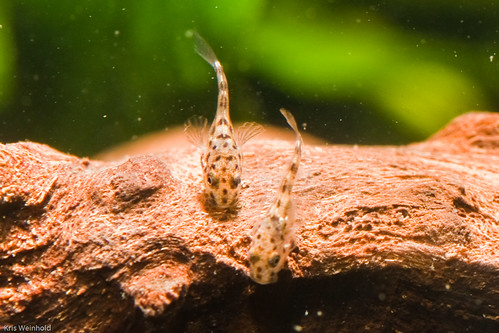RIP: 54G Aquarium
November 28th, 2009Well, my native plant aquascaping experiment has come to an abrupt end. The night before I left for vacation a few weeks ago, I was feeding the fish and noticed that the left side of the stand was a little damp. Upon closer inspection, the inside of the stand had some water pooled up, and upon even closer inspection, the bottom rim of the aquarium was overflowing with water dripping out of it.
I think, “wonderful, I’ve got a siphon somewhere in my auto-doser setup that’s leaking out.” – Nope
I look, “maybe the powerhead is forcing the water too hard against the top rim and it found a gap in the silicon up there, and is dripping down the side into the bottom rim.” – Nope, the black posterboard background was only wet along the bottom, so nothing dripped from top to bottom.
“Crap! My tank has developed a leak from some new rocks I put in it a week prior!” – Bingo!
I scrambled to net out the fish, siphon out the water, remove the plants, remove the substrate, and clean up the water on the floor. While this wasn’t how I planned to spend 2 hours of my evening prior to catching a plane in the morning for 2 weeks, I’m so thankful that I noticed this leak before I left for vacation. Had it leaked out during the 2 weeks I was on vacation, the floor around the tank surely would have been ruined, and the fish dead. My wife and I have been looking to move that tank out of the our living room for awhile, and since I don’t have anywhere else to put it while it was being repaired, I was fortunate to find another GWAPA member to take it off my hands, and put it back in service. It was a nice tank to have, and I hope it does well in its new home!
